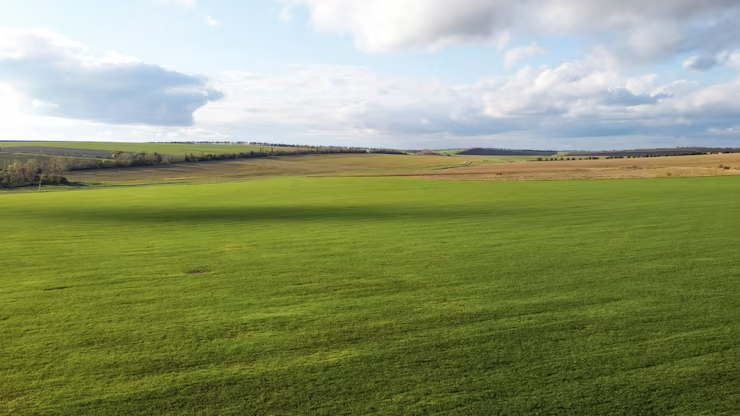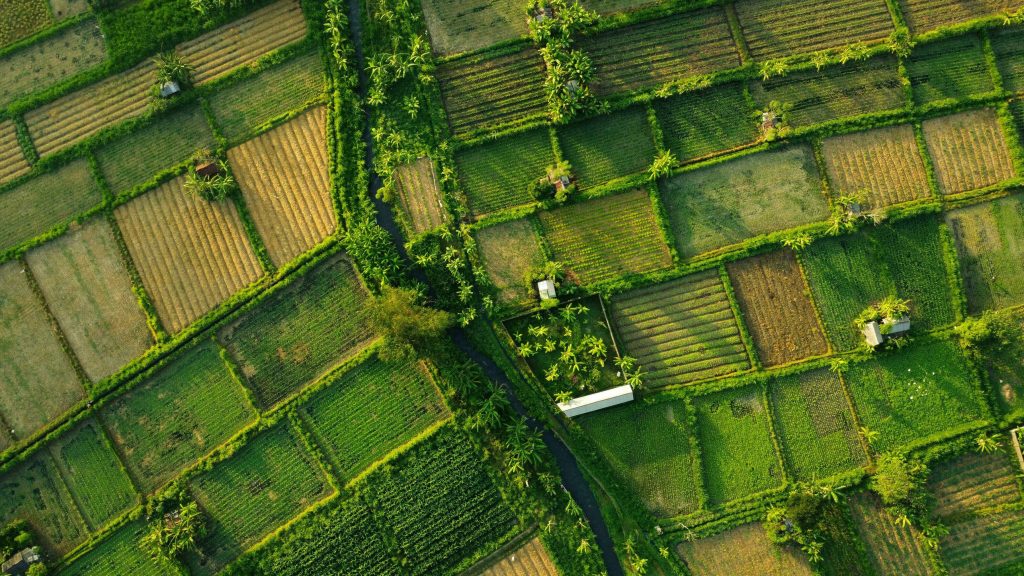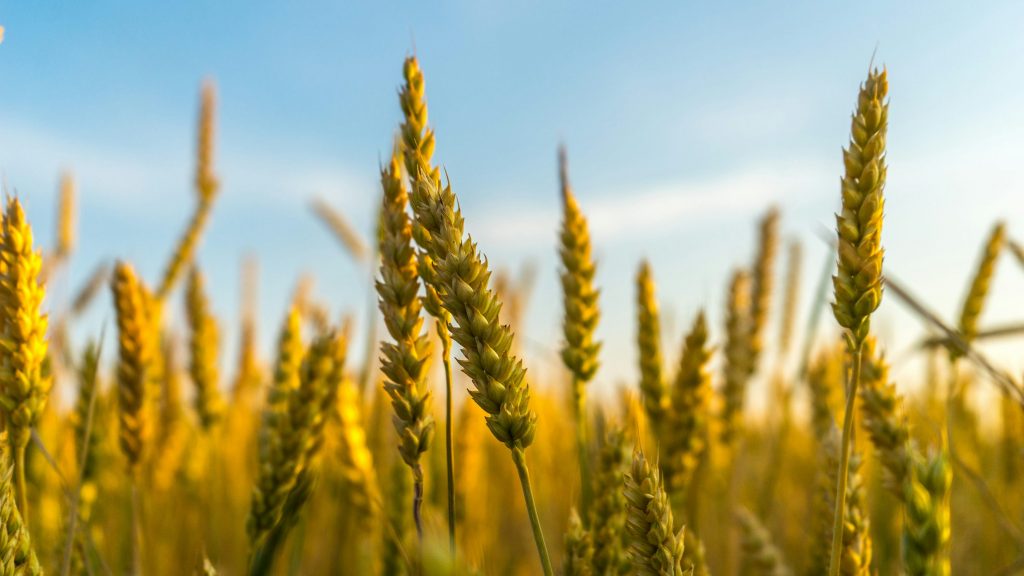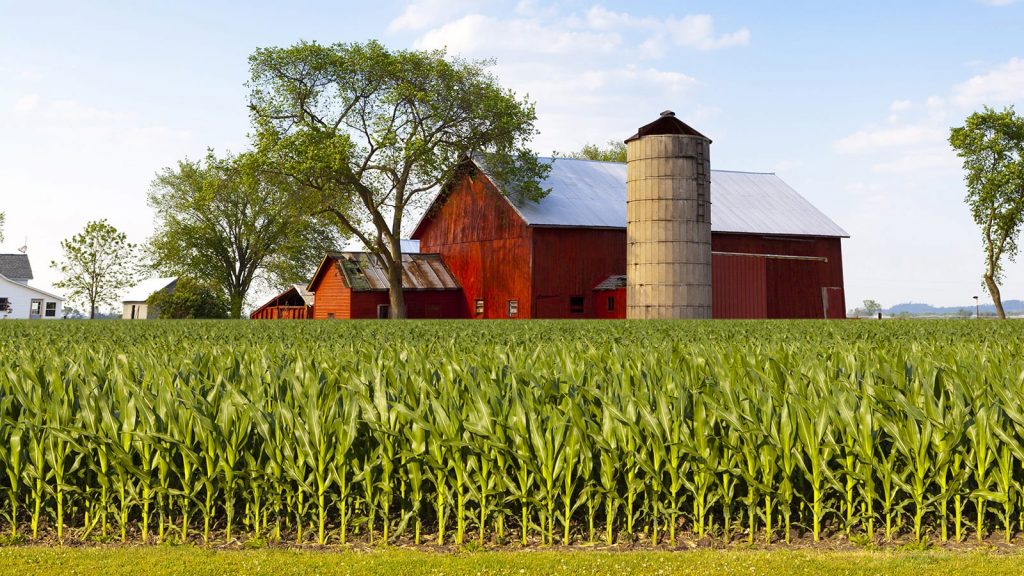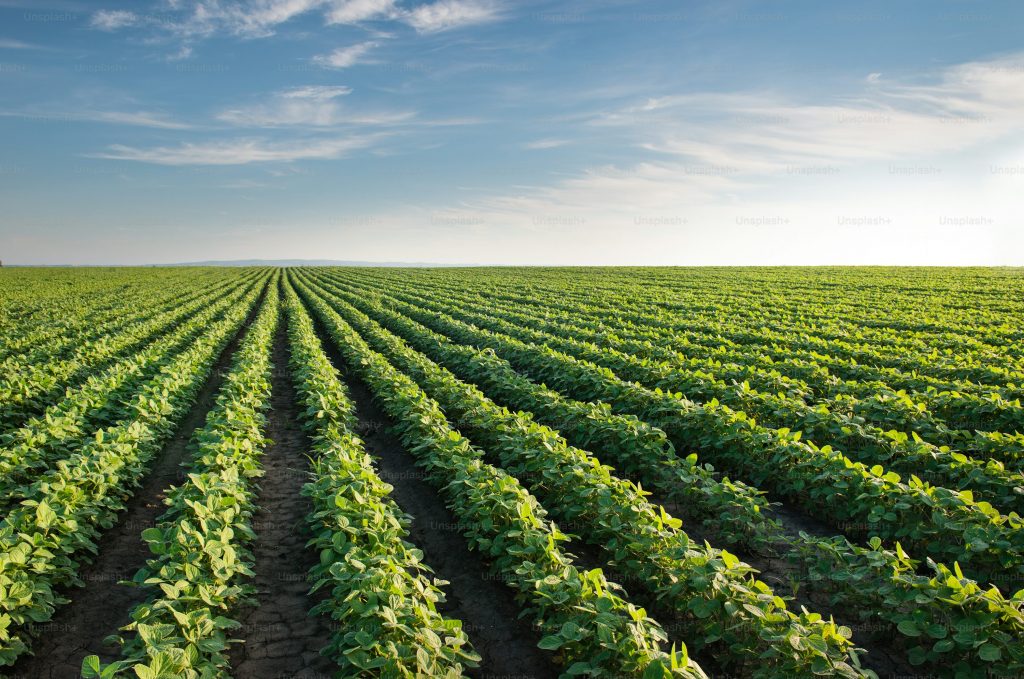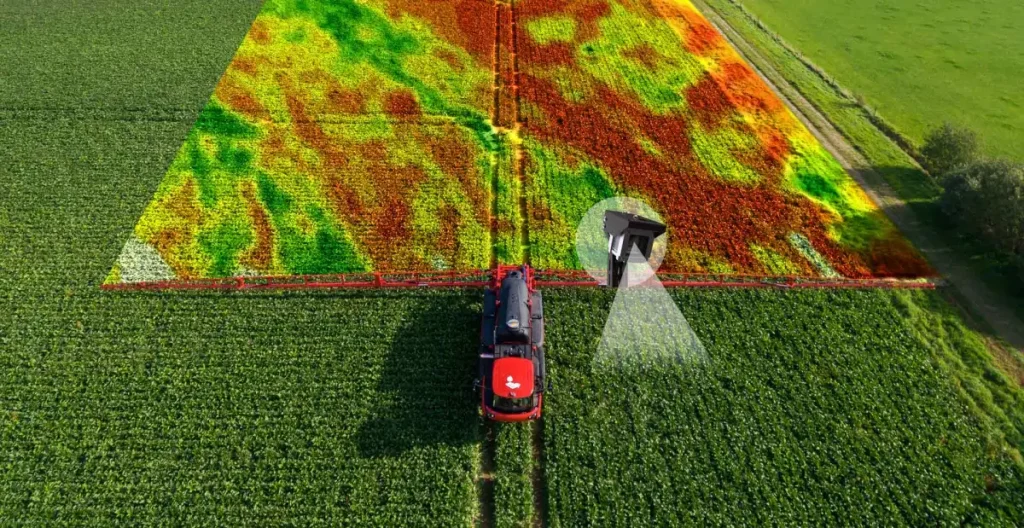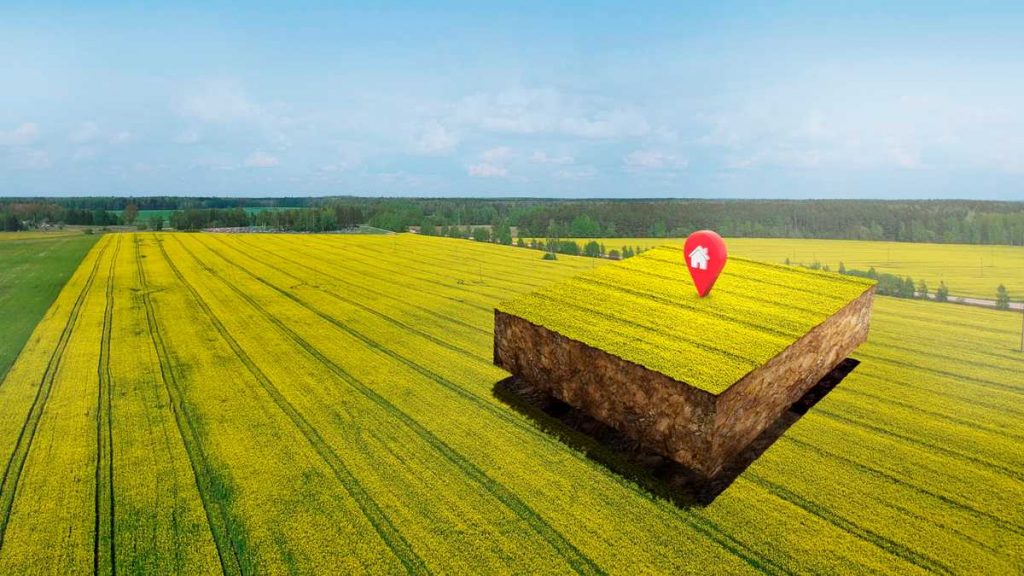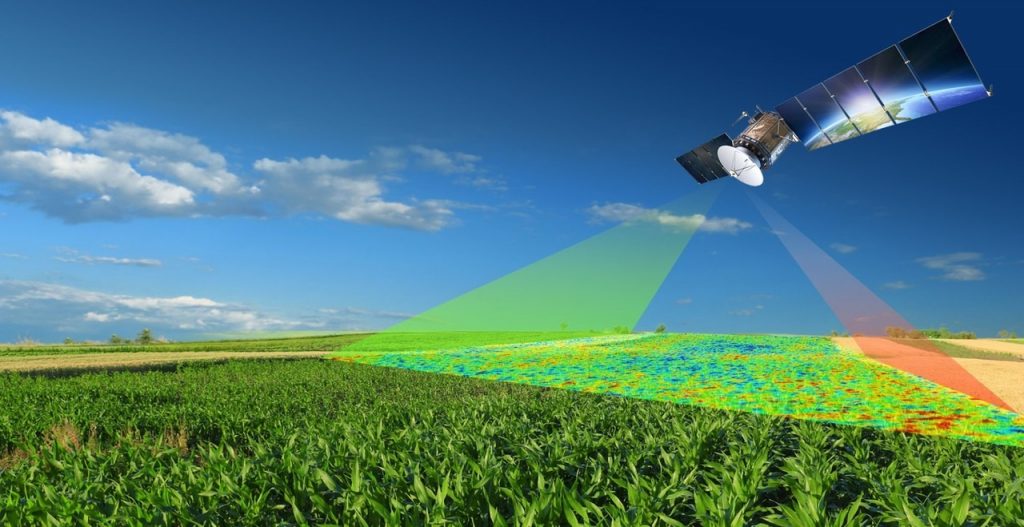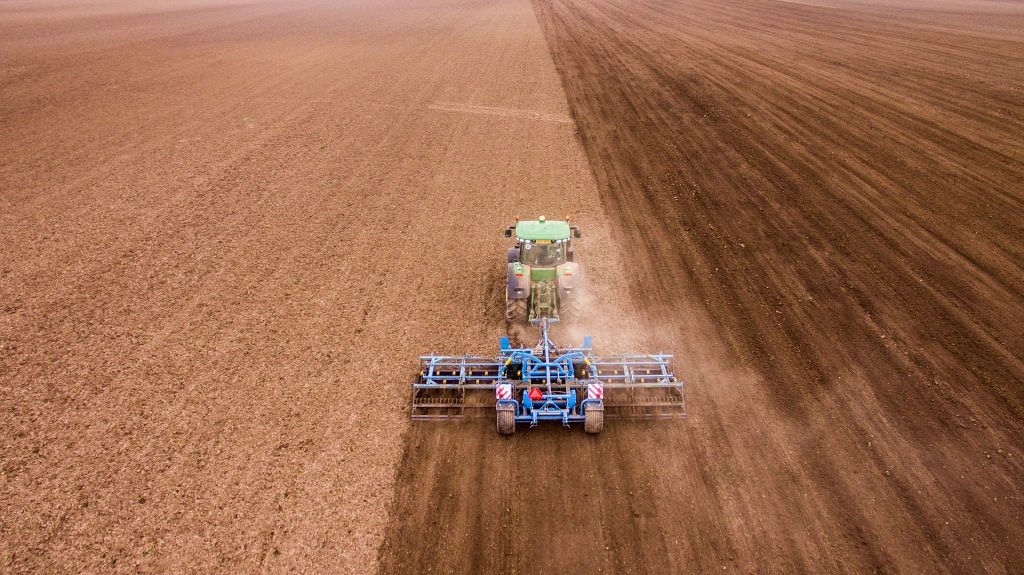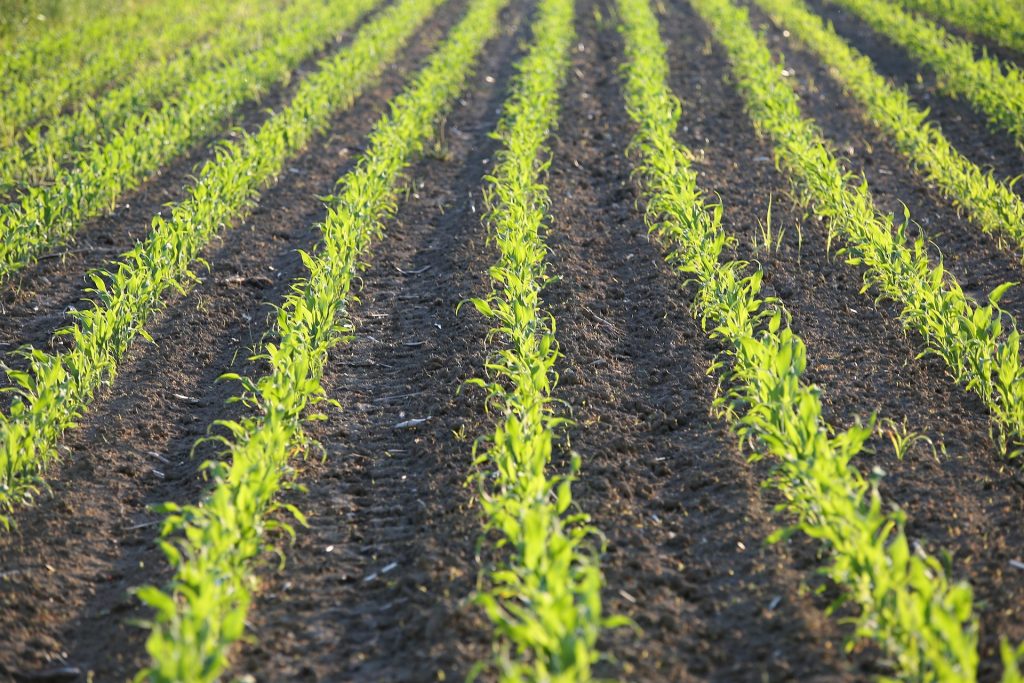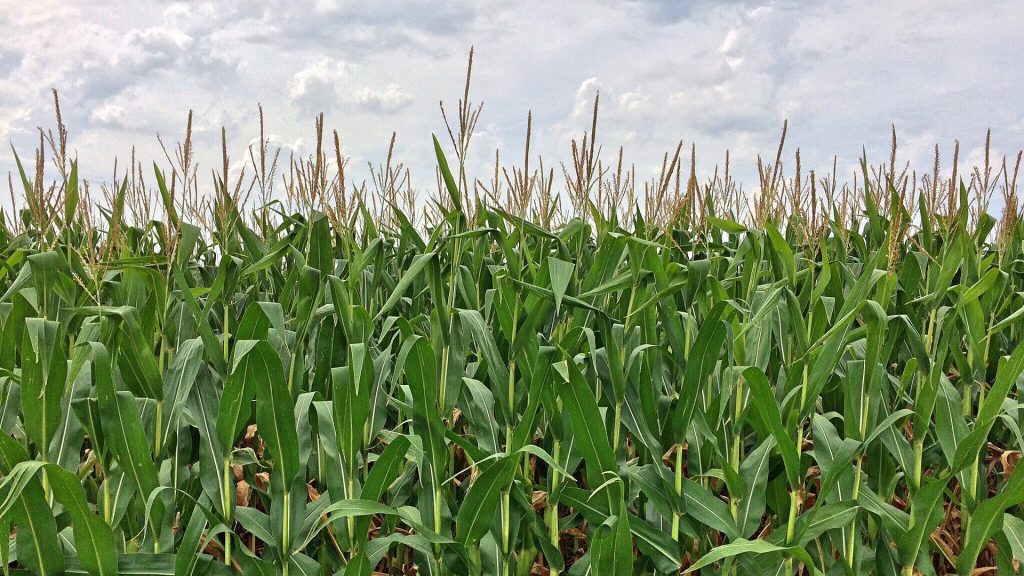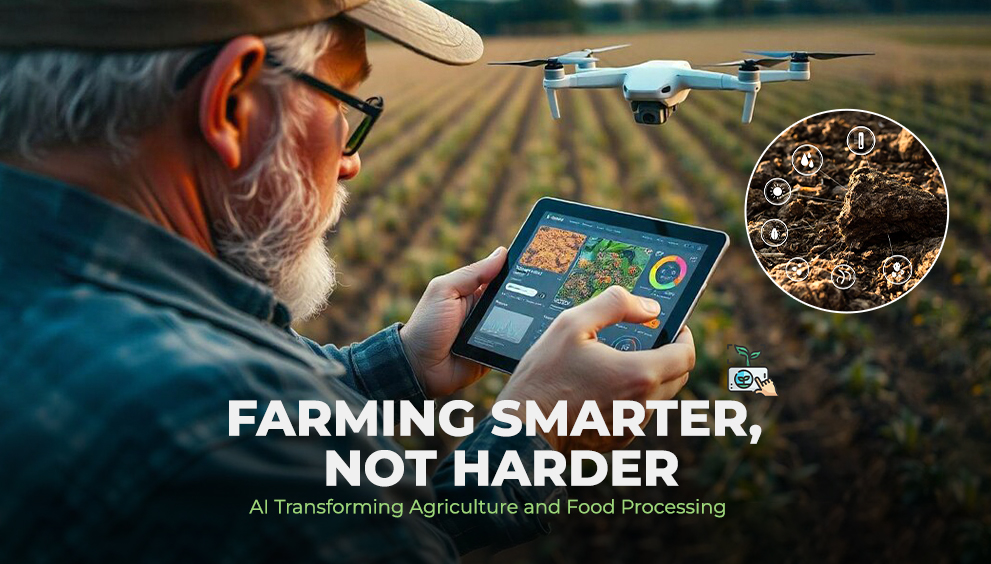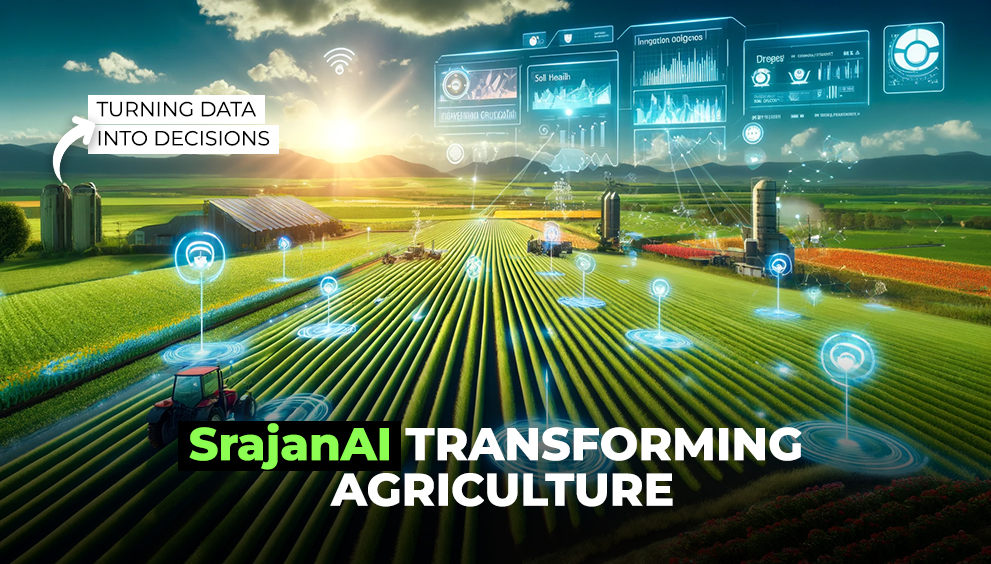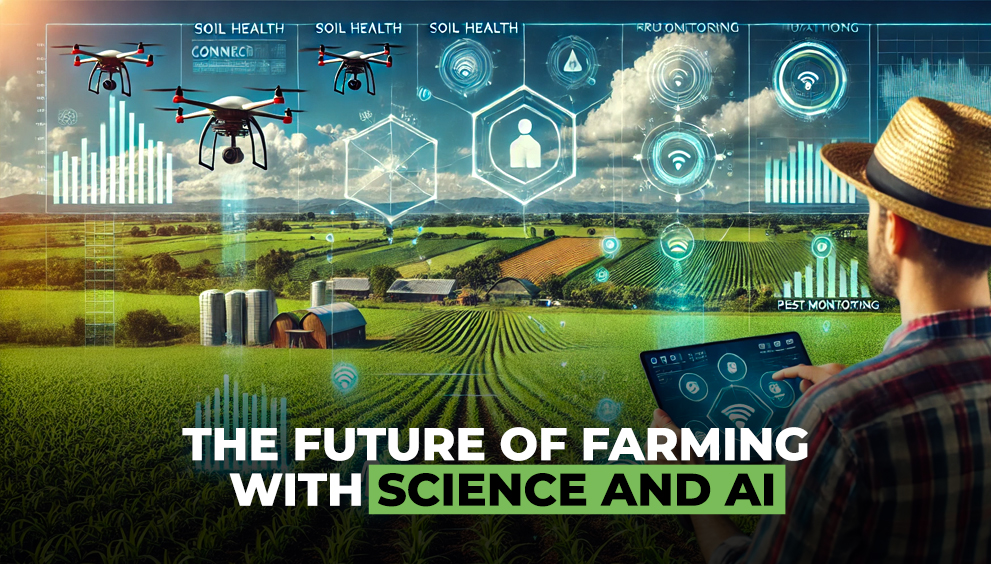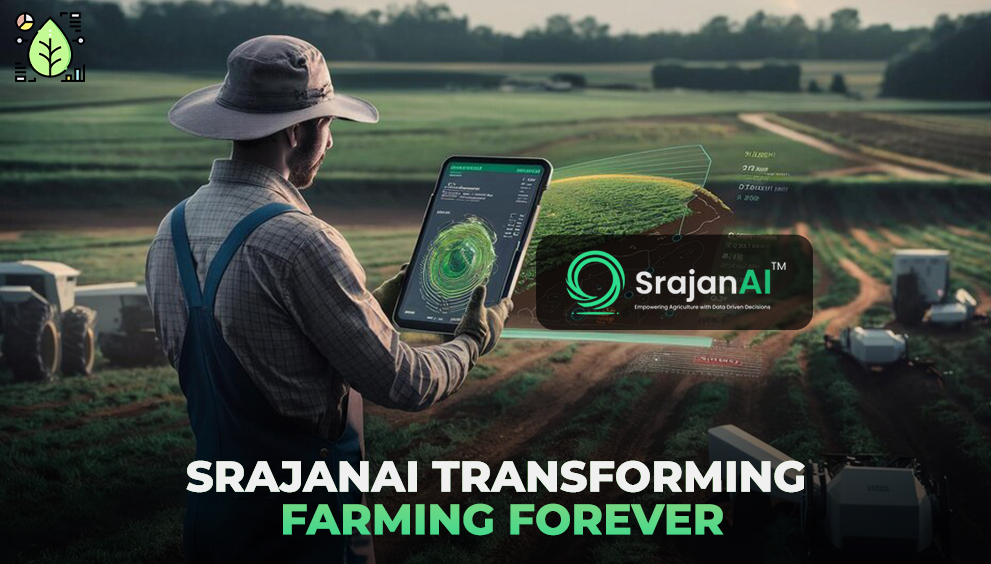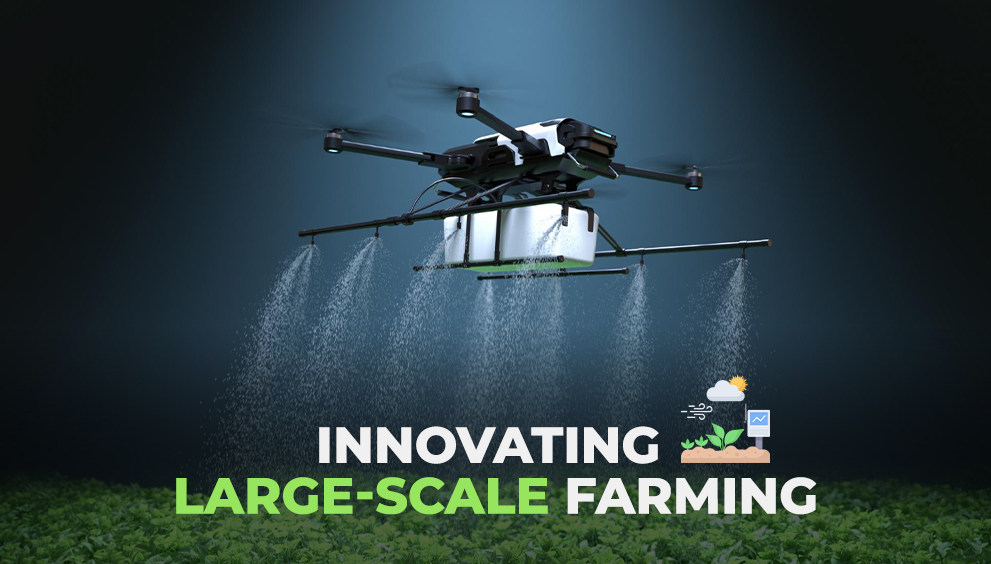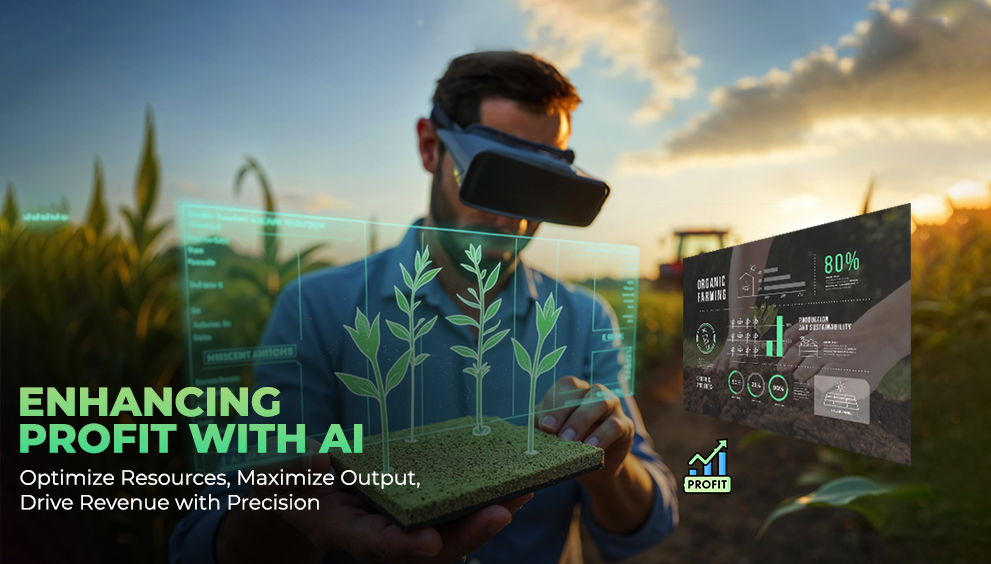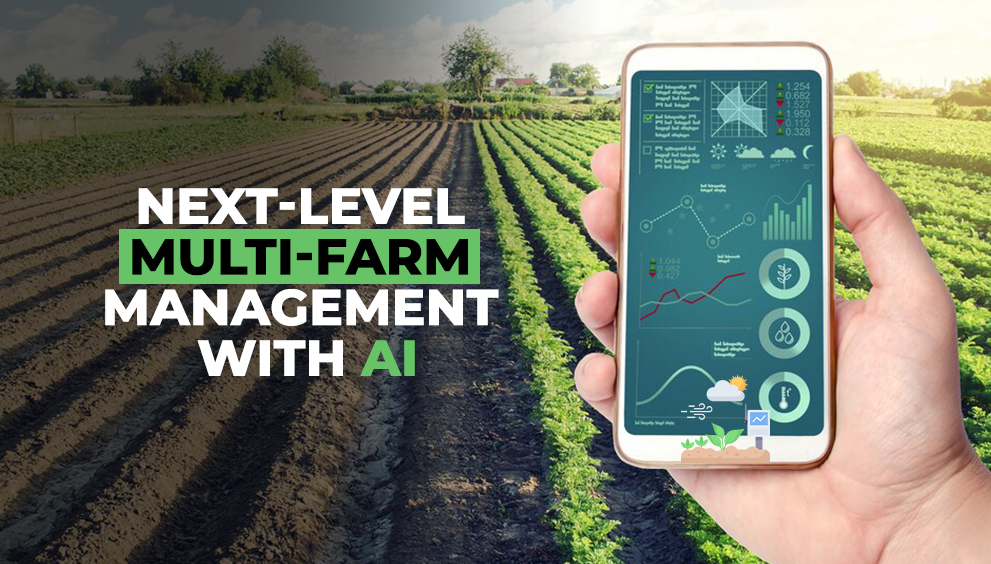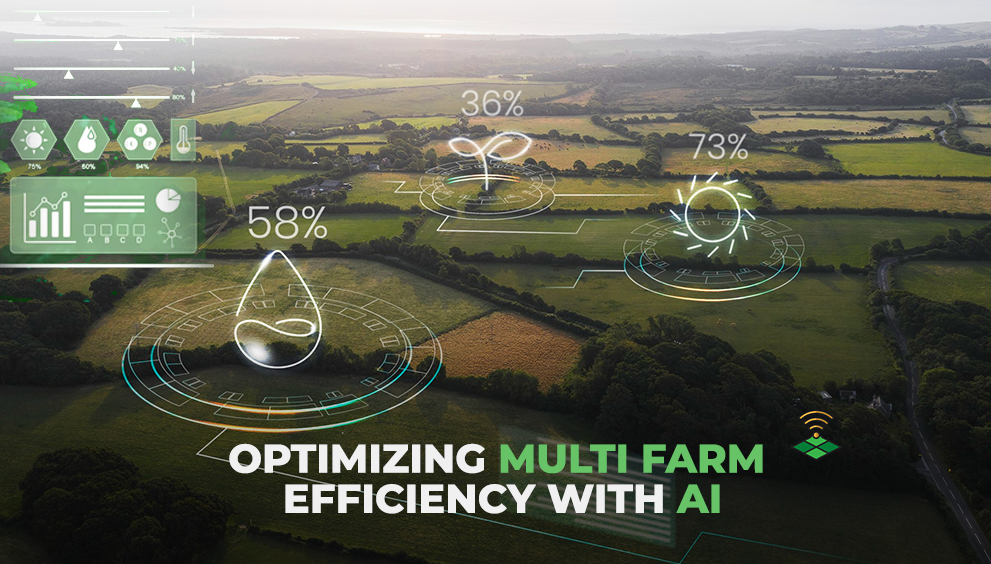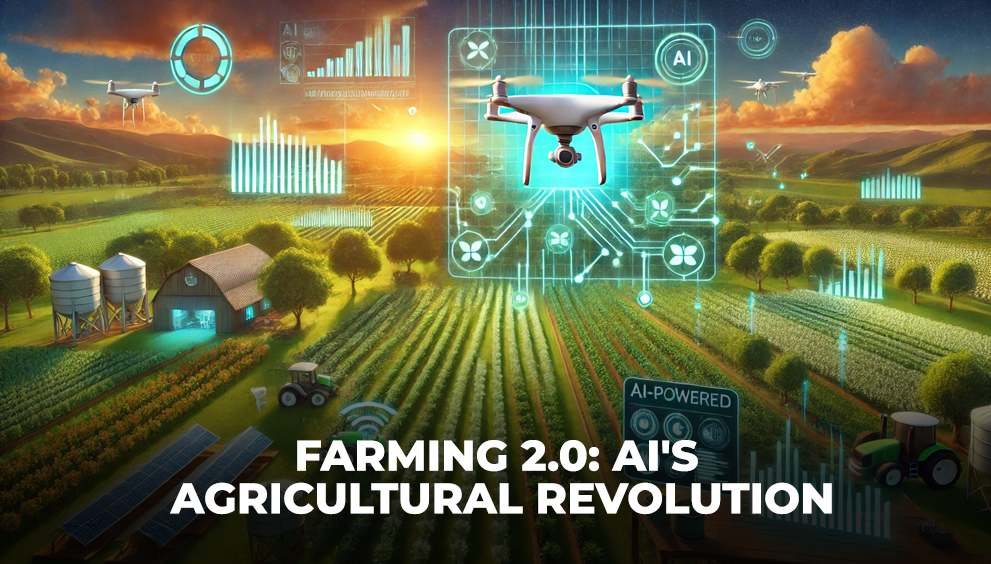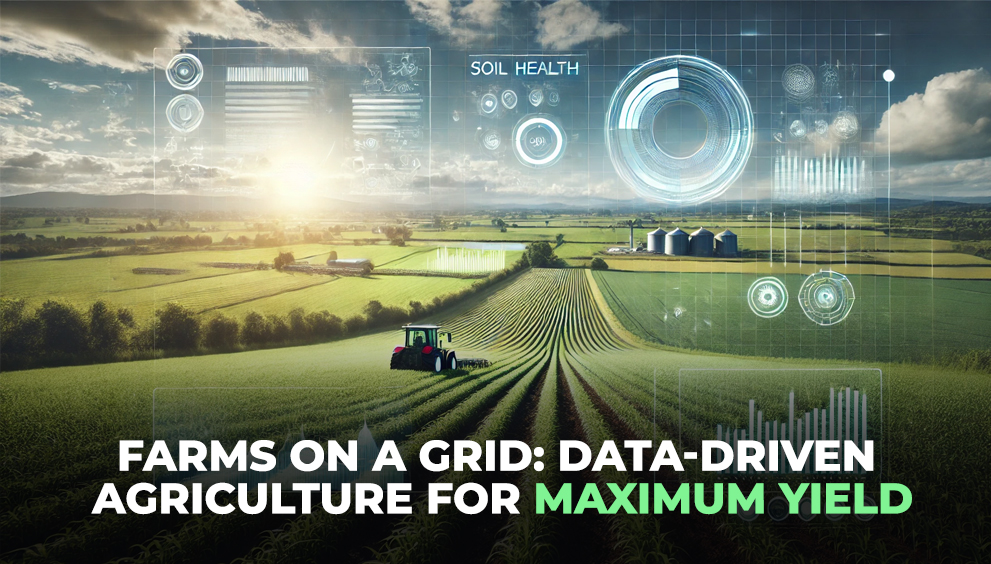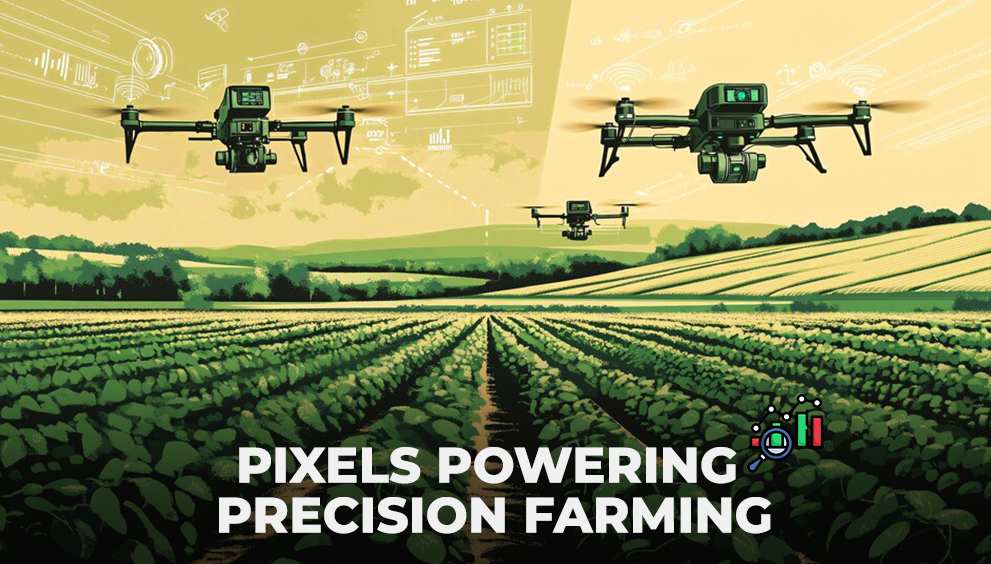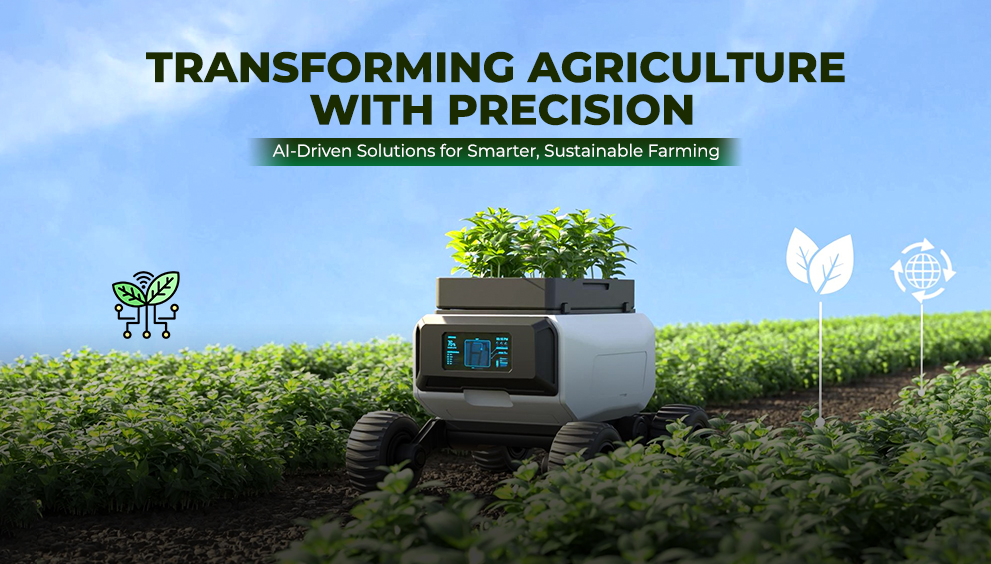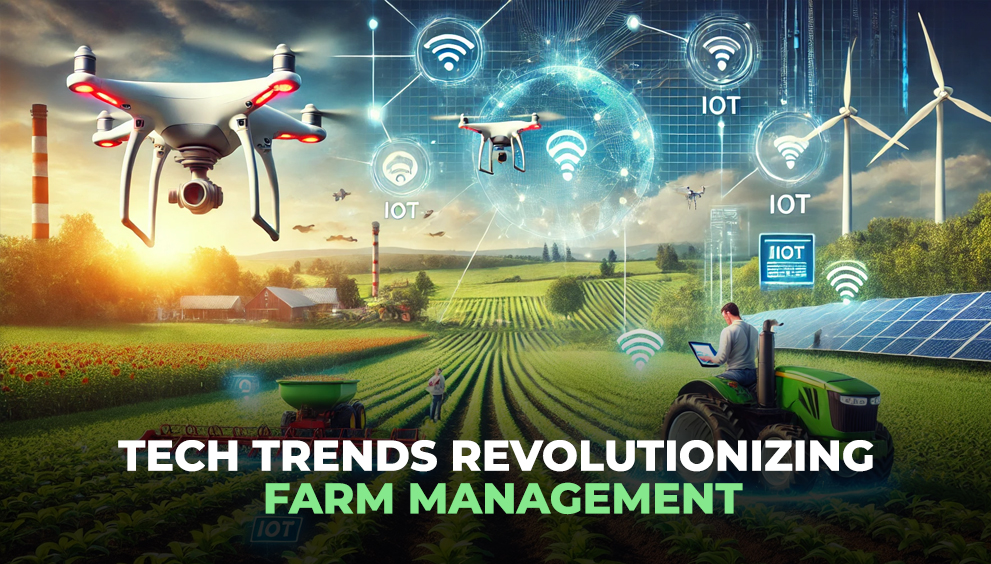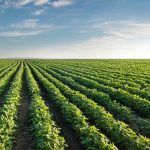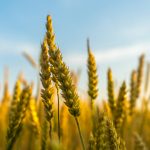Top 7 Ways Precision Agriculture Increases Profit
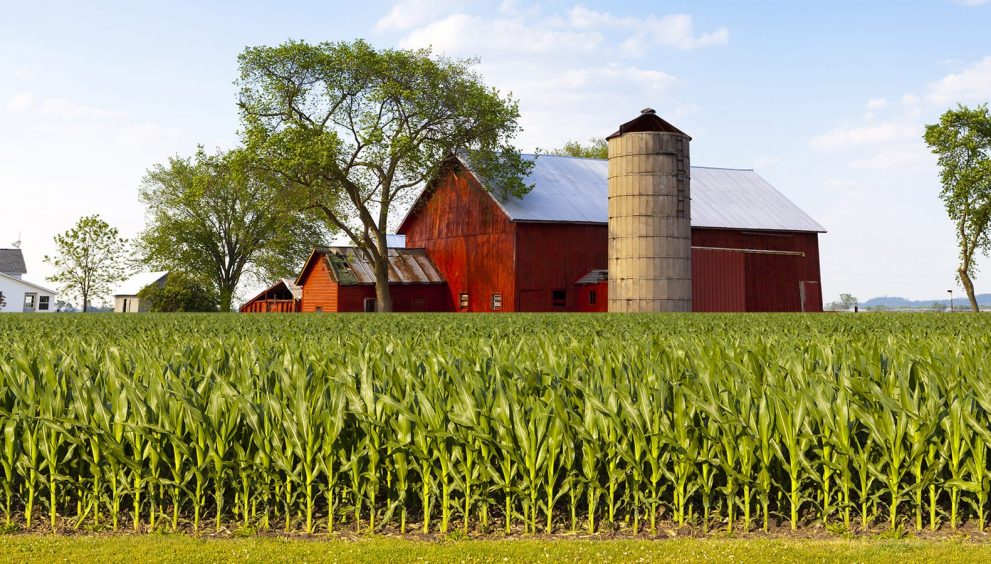
Precision agriculture is no longer a futuristic concept—it’s a necessary strategy for maximizing farm profitability in today’s competitive and resource-constrained world. By using data, automation, satellite insights, and AI to make smarter decisions, precision agriculture empowers growers and agri-enterprises to produce more with less.
Whether you manage a single large farm or oversee thousands of acres across multiple regions, precision agriculture can directly impact your bottom line in measurable ways.
Here are the top 7 ways precision agriculture helps increase profit.
1. Input Optimization: Use Less, Grow More
One of the biggest cost factors in farming is input use—seeds, fertilizers, pesticides, and water. Precision farming tools enable site-specific application, meaning:
- Fertilizer is applied only where needed
- Pesticides are used based on early pest stress signals
- Irrigation is delivered zone-wise based on moisture levels
By avoiding overuse and targeting inputs efficiently, farms reduce costs and improve soil health over time. Fewer inputs don’t mean less yield—they mean smarter yield.
💡 Result: Lower input costs, higher margins per acre.
2. Early Stress Detection to Prevent Crop Loss
Precision agriculture uses satellite data, drones, and AI-based models to monitor crops continuously—across the entire field, not just sample plots.
These tools can detect:
- Nutrient deficiencies
- Water stress
- Early signs of disease or pest attacks
When these issues are caught early, timely intervention can prevent widespread crop damage.
💡 Result: Reduced crop loss, saving revenue before problems escalate.
3. Better Yield Prediction for Smarter Planning
Predicting crop yield has always involved some level of guesswork—until now. With precision ag, you can:
- Use historical trends, real-time satellite data, and weather models to estimate yields
- Make procurement, pricing, and logistics decisions well before harvest
- Adjust input strategies mid-season based on predicted performance
For enterprises involved in contract farming or forward contracts, this helps reduce risk and improve negotiating power.
💡 Result: Smarter sales planning, reduced storage costs, and fewer surprises at harvest.
4. Labor and Resource Efficiency at Scale
For large farms, manual scouting and uniform treatment of fields often result in wasted labor and time. Precision agriculture helps optimize:
- Task allocation based on crop zone performance
- Machinery routes using GPS and GIS data
- Labor hours by focusing attention where it’s truly needed
This not only reduces operational overhead but improves employee productivity and machinery lifespan.
💡 Result: Streamlined farm operations and reduced operational expenses.
5. Field-to-Field Standardization for Quality Output
Inconsistent output quality is a common issue across large farms—especially when fields vary in soil, weather, or crop health. Precision tools allow farm managers to:
- Monitor crop health scores by zone
- Adjust practices (e.g., replanting, fertilization) to reduce variability
- Generate uniform maturity across different regions
For agribusinesses supplying retailers or processors, this consistency can unlock premium prices and reduce post-harvest rejections.
💡 Result: Higher quality produce and better returns from every acre.
6. Data-Driven Decisions, Not Gut Feeling
Precision agriculture platforms offer real-time dashboards that consolidate:
- Crop health metrics (NDVI, NDRE, SAVI, etc.)
- Weather forecasts and alerts
- Input application records
- Yield estimations and historical trends
This makes it easier for decision-makers to move from gut-based decisions to data-backed action—whether it’s scheduling irrigation, investing in pest control, or shifting crop plans.
💡 Result: Faster decisions, lower risk, and fewer costly mistakes.
7. Sustainability That Pays Off
Sustainable farming is not just good for the environment—it’s increasingly tied to profit incentives. Many markets and institutions now reward:
- Farms with traceable and transparent input use
- Sustainable water and soil management
- Lower carbon or nitrogen footprints
Precision agriculture helps track and report these metrics automatically, which can help farms qualify for:
- Government incentives
- ESG-focused buyer contracts
- Sustainability-linked financing
💡 Result: New revenue opportunities and reduced compliance headaches.
Final Thoughts
Precision agriculture is not just about adopting new technology—it’s about building a more intelligent, efficient, and profitable farming system. Whether you’re aiming to reduce costs, improve output quality, or scale operations without losing control, these tools can transform your margins.
As agri-businesses face rising input costs, unpredictable climate patterns, and increasing demands for traceability, the farms that profit most will be those that invest in precision.
The tools are here. The data is flowing. The next move is yours.



